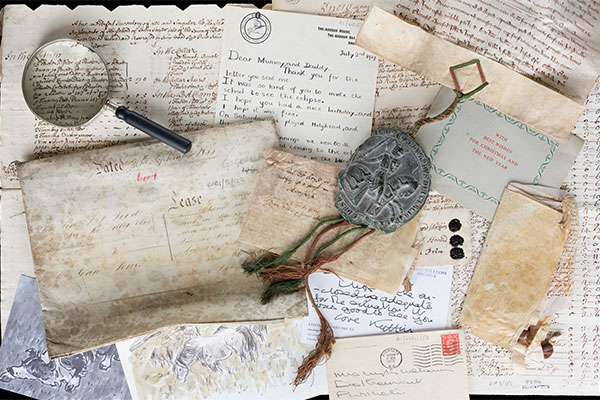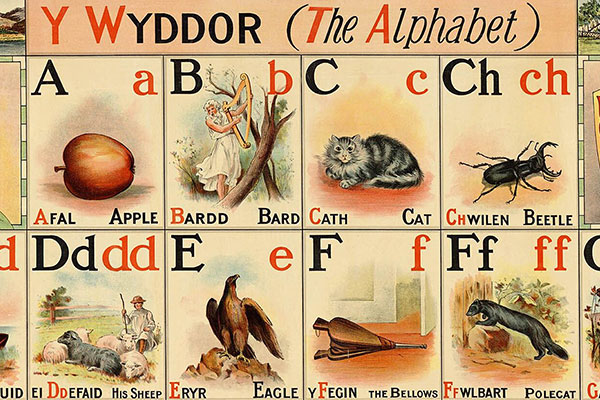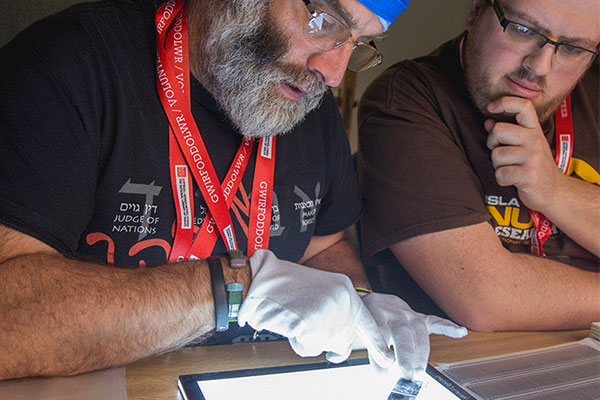Reference: NLW MS 23203B
NLW MS 23203B is a register kept by the Cardiganshire Constabulary of criminals apprehended between 1897 and 1933 which includes many photographs.
The history of photography in criminal cases
From the beginnings of photography the images produced have been manipulated and changed for various reasons. Yet, in its essence, photography is a mechanical process which produces an accurate representation in two dimensions of whatever is placed before the camera.
Soon after its invention in 1839 this mechanical process of accurately recording was seen as a possible means of containing 'deviant' elements within society. As early as the 1840s there are reports of some use of photography by the police in England, but it was not until the fall of the Paris Commune in 1871 that it was used on a very wide scale. Those involved in the uprising were identified using photographs and this information was then used to capture and punish them. Photographers also worked in the prisons taking individual photographs of those arrested and by the 1880s the "mug shot" had become commonplace in police work.
But the use of photography in controlling deviant elements did not stop there. The nineteenth-century saw the rise of many theories linking behaviour to physical characteristics. Taking photographs of criminals was also seen as a means of identifying those characteristics which would show a tendency to unlawful activity and of establishing the 'criminal type'.
By the beginning of the twentieth century, police photography had become an accepted form of evidence. It was used as a way of identifying individual criminals, rather than criminal types, and of documenting and recording crime scenes. This register from Cardiganshire shows that these policing techniques were also used in Wales. Along with physical descriptions of the prisoners themselves and details of their convictions, photographs of most of those sentenced between 1897 and 1909 are included, and occasionally photographs of evidence or locations associated with the crimes.
Further reading
- Cardigan Constabulary, Rules, orders and guide to constables, also a short history of the force. Aberystwyth, [1897?].
- Harold Pountey, Police photography. London: Elsevier Publishing Co. Ltd., 1971
- Jean-Claude Lemagny & André Rouillé (eds.), A history of photography: social and cultural perspectives. Cambridge : Cambridge University Press, 1987.
- Richard W. Ireland, 'The felon and the angel copier : criminal identity and the promise of photography in Victorian England and Wales' yn Louis A. Knafla (ed.), Policing and war in Europe, 2002.
Discover & Learn
- Digital exhibitions
- Europeana Rise of Literacy
- Illingworth
- David Lloyd George
- Wales and the World Calendar
- Manuscripts
- The Early Ages
- The Middle Ages
- Early Modern Period
- Modern Period
- Ann Griffiths
- Smuggler's Autobiography
- The Autobiography of Private Thomas Jeremiah
- Dyddgoviant William Owen Pughe
- John Harries' Book of Incantations
- Temperance
- Sir William Edmond Logan Journals
- Emigrants Letters
- Manuscripts relating to Patagonia
- Letters from the American Civil War
- Sarah Jacob, the 'Welsh fasting girl'
- Alcwyn C. Evans Pedigree Books
- Criminals
- Yr Arwr, Hedd Wyn
- The war diary of Edward Thomas
- The Welsh National Book of Remembrance
- John Cowper Powys
- T E Nicholas
- Dylan Thomas and the map of Llareggub
- Prisoner of War Camp Magazines and Associated Items, 1943-1945
- Archives
- Printed material
- Pictures
- Maps
- Photographs
- Dylan Thomas
- Education
- Collaborative projects




